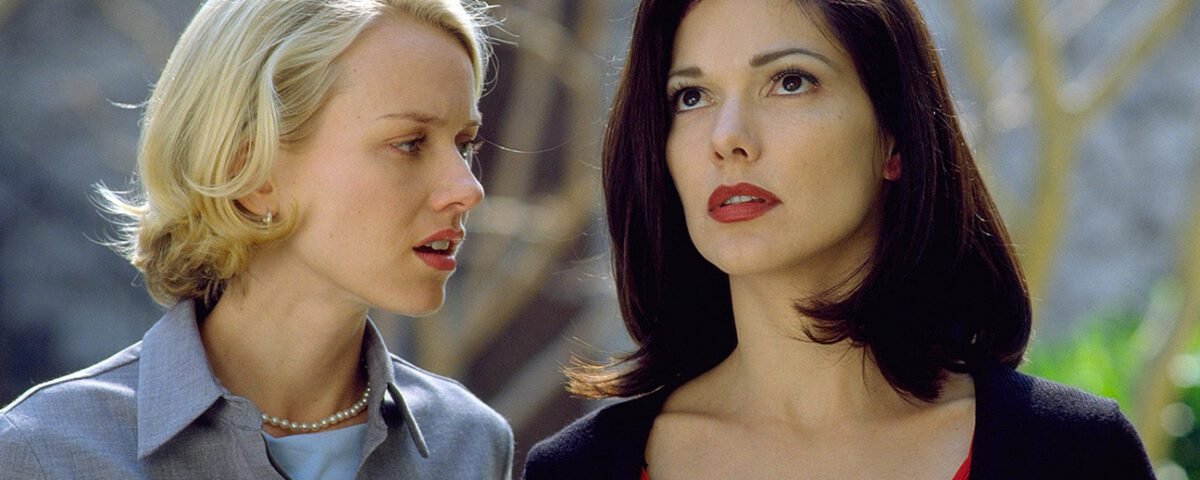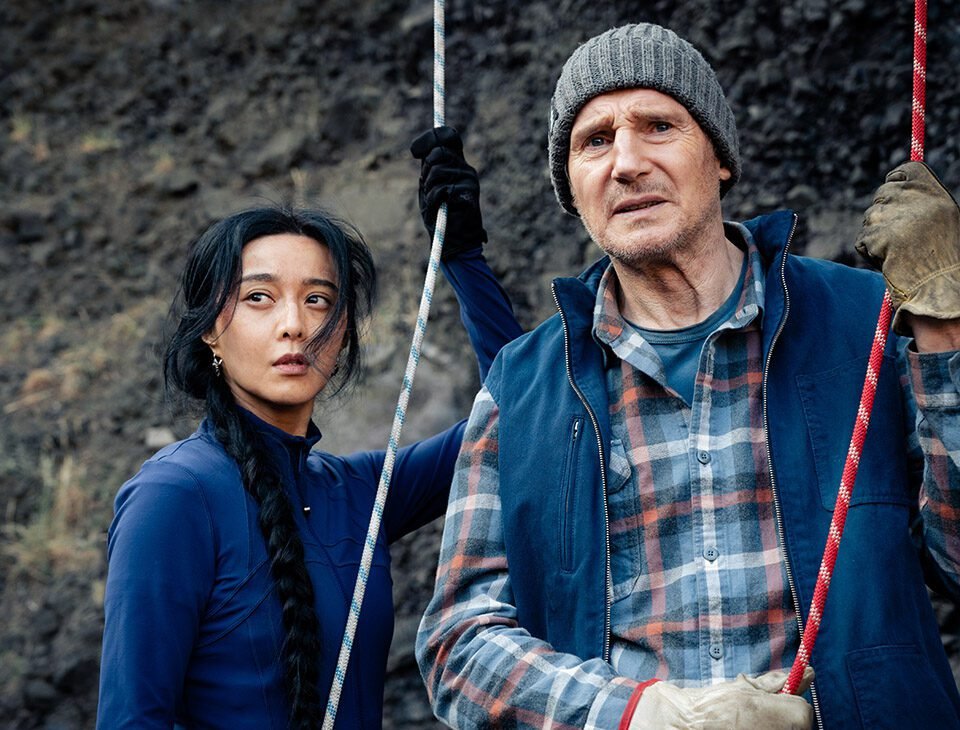


Donald Trump Promises Sweeping Changes After Being Sworn in as 47th U.S. President
January 20, 2025


‘Back in Action’ Review: Jamie Foxx and Cameron Diaz Atone for ‘Annie’ in Diverting Netflix Espionage Comedy
January 22, 2025Laying bare American life’s hidden horrors and absurdities, the auteur behind ‘Mulholland Drive’ and ‘Twin Peaks’ held up a distorted but unsettlingly truthful mirror.
Rare is the artist whose work is such a game-changer that the only way to describe it is to transform their last name into an adjective. Even rarer is the chance of that ever happening in Hollywood, a place where creativity, especially of the dark and deranged kind, tends to take a back seat to commercial viability and the all-powerful bottom line.
Case in point: Lynch’s debut, Eraserhead, was released in 1977, the same year the first Star Wars came out. Both were, in fact, box office hits: The Lucas film became one of the first big summer blockbusters, paving the way for the kinds of movies that now completely dominate the business. But Lynch’s brilliant black-and-white freakshow, which began as a student project at AFI, was a smash on the midnight circuit, grossing $7 million off a tiny $100,000 budget made up of grants and donations from friends.
It was as if Lynch had tapped into something that people had wanted to see all along — something bizarre and grotesque beneath the surface that was waiting to be unearthed by an artist as visionary as he was. And perhaps that’s one way to define “Lynchian”: the lifting away of the facades and illusions of so-called normal life — and so-called normal movies — to reveal something that speaks to our darker selves.
My own first encounter with the Lynchian world had a similar effect. After exhausting all the horror and action flicks at my local video store as a teenager, I took a chance on Blue Velvet, a movie I knew nothing about. I went home, popped the tape in the VCR and, for at least the first few minutes, believed I was watching a high school movie. But then things got weird. A severed ear was lying in the bushes, covered with ants. People weren’t speaking like normal people, but like people pretending to be normal people.
By the time I got to the scene where Kyle MacLachlan hides in a closet to spy on Isabella Rossellini, only to see Dennis Hopper emerge with an oxygen mask screaming “Baby wants to fuck!”, I can tell you that my 12-year-old self was transformed. Once again, it was about Lynch stripping away the appearances of the regular world — in this case small-town America — to reveal how those appearances were false, and always had been. The picturesque suburbs we grew up in, or had watched on Leave It to Beaver, were masking something deeply disturbing: unquenched or unspeakable sexual desires buried inside of us, or hidden behind all the happy families portrayed on television.
I went back home to New York the next week, fairly convinced that my grandma, silently knitting as we watched the show (talk about a Lynchian image), would continue following Twin Peaks until the bitter end, just as I was planning to do. Lynch had now transformed my world in a totally different medium. He had managed to take what appeared to be a small-town crime caper, turn it on its head and twist it inside out, exposing its messy innards to the whole nation.
With Twin Peaks, Lynch wasn’t only revealing, yet again, the darkness and weirdness that prevail behind the humble facades of American life. He was showing how those facades were being built up and promoted by the very kind of primetime series he was remolding every Thursday night on ABC. And that’s perhaps another definition of Lynchian: the contorting of familiar genres and tropes, such as a typical TV murder mystery, until those genres and tropes begin to flush away, leaving behind something more sinister and disquieting — something that a TV show was never supposed to do.
Unlike the many books, essays, film school classes and podcasts about his work, Lynch never seemed to have big theories about the things he made — he just made things whenever he could. He was an artist who worked in many mediums: movies, television, music, transcendental meditation, weather reports on his website, and most consistently, painting and the fine arts. (The 2016 documentary, David Lynch: The Art Life, offers a rare glimpse into his process as a plastic artist.) As much as people tried to find meaning in his work, especially his most famous movies, he kept his head down and kept working, even as it became increasingly harder for him to do so in Hollywood.





